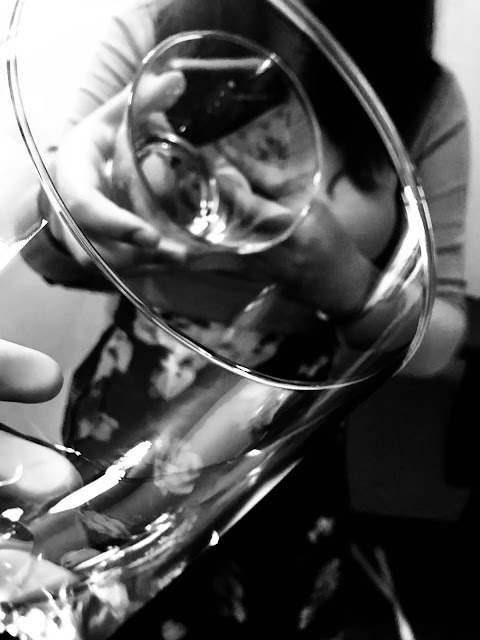Beginners Introduction to Exposure
- What are the three types of photographers (according to the article)? The three types of photographers are technical, artistic, and those that have good artistic visions and combines technical knowledge to achieve that vision.
- What are the three parts of the exposure triangle? Aperture, shutter speed, and ISO.
- What is aperture? Aperture is a circular opening in our lens that is adjustable from a very small circle to almost as large as the lens itself.
- How is aperture expressed? Aperture is expressed through eh use of light in your lens and how much light is created.
- Which is the bigger opening? f22 or f2.0 Explain your answer. f2.o is the larger opening because in fractions it is bigger.
- A whole step (or stop) represents what in relation to the number next to it? The doubling or having light through lens.
- What is Depth of Field (DOF)? How much of the image within the range of the camera wether it is shorter or longer.
- What three things determine DOF? Aperture, distance to subject, and the lens focal length.
- In low light do you generally want to open the aperture or close it down? Why? Yes because you need to let light in to feel up for the dark space not there.
- What does shutter speed control? This control how long the light comes through the aperture to the camera that the photographer is taking.
- How are shutter speeds expressed? They are expressed in fractions of a second.
- At what shutter speeds are most people able to hand hold a camera with a normal lens? 1/60th to 1/200th
- What happens if you use a telephoto (long) lens? You must be able to shoot as fast as your focal length is shooting.
- What do you need to use if you can’t hand hold a camera steady? Use a tripod.
- What is the rule of thumb regarding the focal length and hand holding a camera? If the focal length is 1/60th or above 1/200th use a tripod.
- What shutter speeds show motion? It is longer speed shutters.
- What shutter speeds freeze motion? It is shorter speed shutters.
- Why is shutter speed a decision? At times the photographer may want to freeze their subject and make it clear or at other times the photographer may want to blur the image and depict the speed I which the object is going.
- What is ISO? ISO is the sensitivity to light of the sensor.
- What is the downside of a high ISO? It increases the amount of grain used in the image.
- What does digital noise look like? It may look blurred and pixelated.
- What is the dynamic range? The difference between the darkest and lightest part go the image/subject.
- What does an overexposed image look like? An overexposed image is too bright and looses the real image of the picture.
- What does an underexposed image look like? An underexposed image is too dark to be able to see what is happening in the image and is difficult to see details.
- What does a well-exposed image look like? A well-exposed image is balanced and has the perfect amount of detail.
- How does the exposure triangle work in practice? Aperture, shutter speed, and ISO are used to create an amazing image and may be changed to create a balance.
- For every action, we take in one part of the exposure triangle what must happen in another part of the triangle? They all must be adjusted to balance one another out.


Comments
Post a Comment